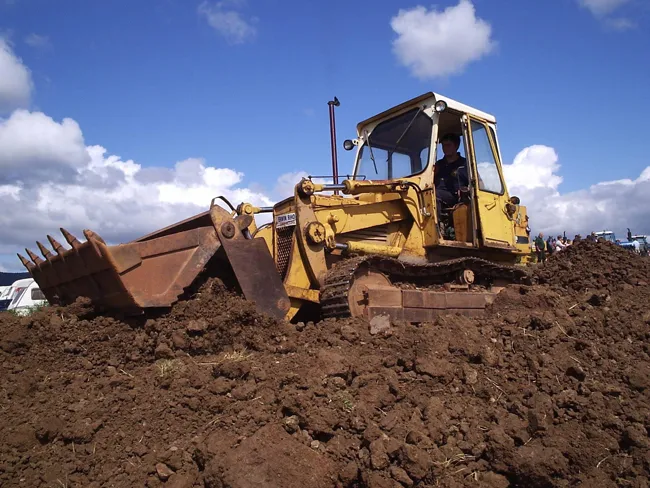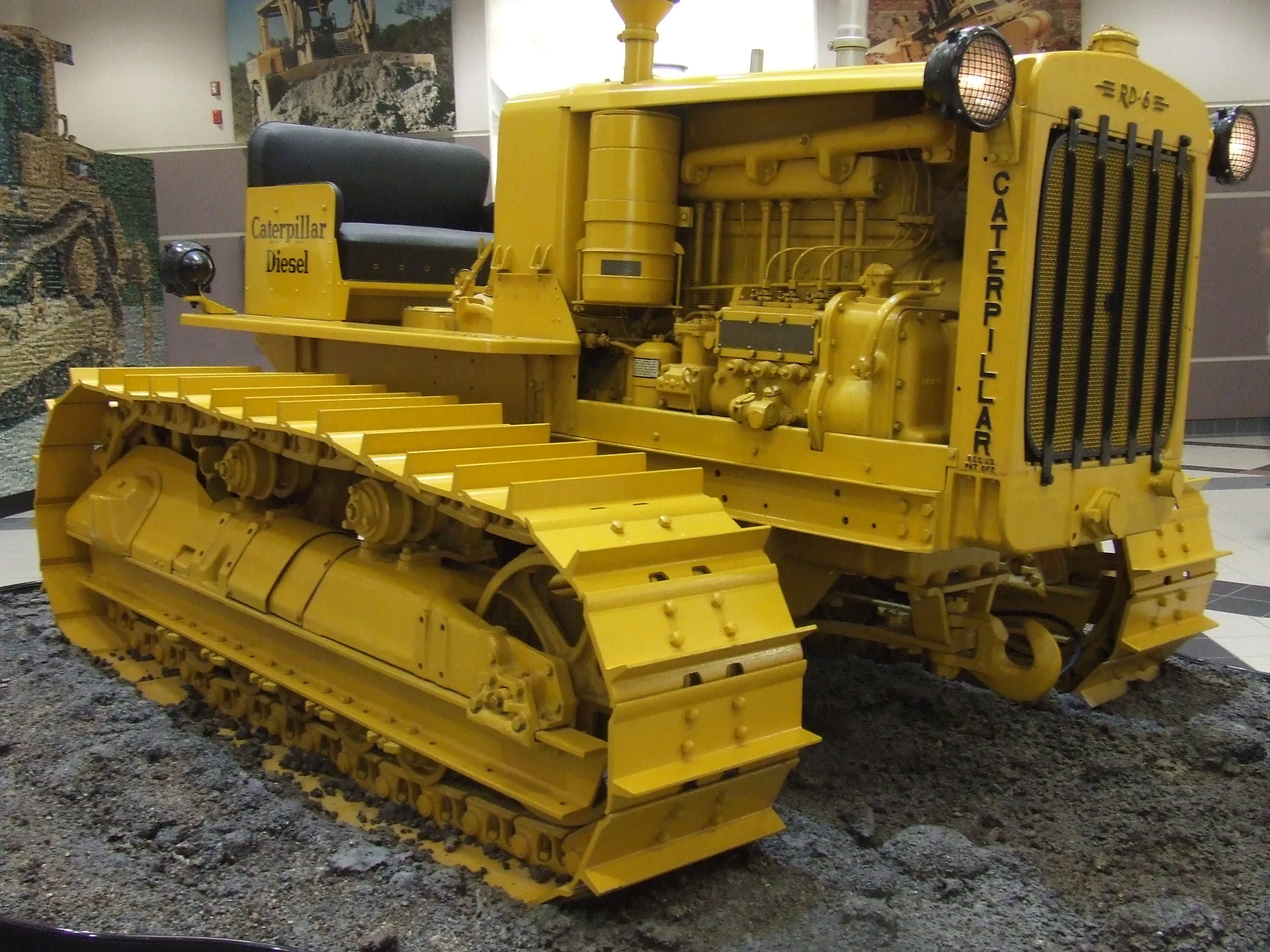
The UK’s
In the outdoor arena at the heart of the show, near Peterborough in southern England, visitors will step back in time, revisiting the equipment that inspired modern day machines.
Equipment – much of which was made long before the invention of hydraulics - will include vintage dumptrucks, excavators and loading shovels, explained Jeff Schofield, Plantworx marketing manager. “The Plantworx team is very much looking forward to paying tribute to these machines at this year’s event.”
Visitors will be able to walk around the exhibits and chat to the manufacturers, owners and enthusiasts, many of whom themselves have restored the machines. Each day of the show a Vintage Pageant is planned where the machines will be shown working. There will be running commentary from classic plant enthusiasts to take visitors on a nostalgic journey.
On show will be a 1982 International TD-15C, which is a diesel engine crawler tractor, built by the International Harvester company in the US. Also on show will be a 1979 International 100B series 2 Drott crawler loader and a 1968
“I think it’s a really good idea to show not only the very latest technology in machinery – but also to show visitors where these modern-day machines originated from,” said Schofield.
To learn how to bring your vintage machine to Plantworx, visit the event website or contact Jeff Schofield: [email protected]








